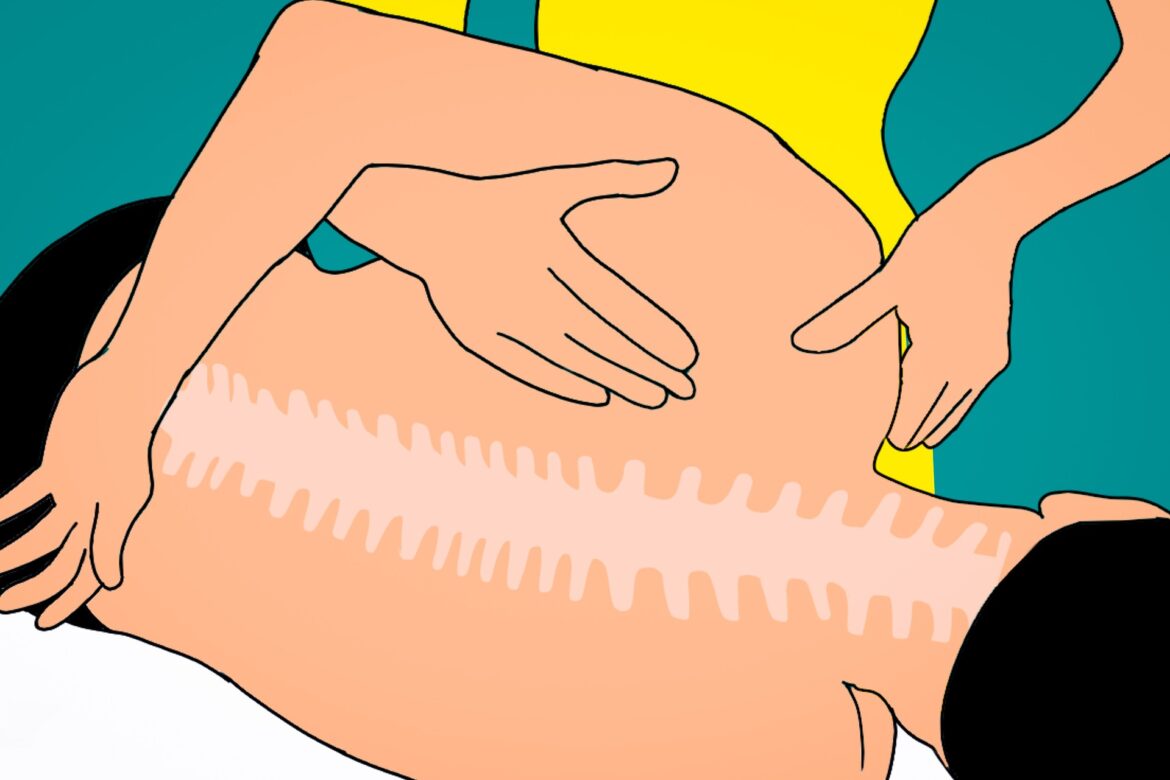Treating Chronic Low Back Pain
Did you know that people go to their doctors with complaints of back pain more frequently than any other problem? Sixty-five million Americans have reported a recent episode of back pain. Close to 16 million adults, roughly 8 percent, experience persistent or chronic back pain. As a result, they are limited in certain everyday activities. Treating chronic low back pain takes a skilled therapist.
Anatomy of Low Back Pain
Chronic lower back pain can occur at many joints, muscles, and ligaments. Through compensations, the whole lumbopelvic complex is affected, from the lower thoracic spine to the hips. Typically, to treat chronic lower back pain, it takes a multimethod approach. The importance of unraveling the mess of lower back pain requires a specific approach by the physical therapist, looking at the whole lumbopelvic region.
The Joints Linked with Low Back Pain
The therapist must meticulously assess the mobility of each joint in the lumbopelvic region to be successful. The assessment helps find the tight joints that lead to pain and compensations at the lower back. The tight joints are typically nonpainful but lead to another joint being irritated. Once the tight joints are identified, the therapist uses techniques to help restore their mobility. Joint mobilizations are a technique a therapist uses to isolate and stretch out the joint. Occasionally, the joint resists mobilization techniques and requires a safe quick thrust technique called manipulation to improve its mobility. Improving these tight joints helps reduce the forces on the irritated joint.
Muscles Linked with Low Back Pain
Besides the joints, muscles can cause significant pain in the lower back. In particular, muscles such as the quadratus lumborum, are overly stimulated by protecting irritated joints. These muscles get overworked, causing the muscle to run out of cellular energy. The lack of cellular energy/fuel at the muscle causes the muscle to remain tight, forming muscle knots. The tightness of the muscle restricts the blood flow to it, which is required to replenish the cellular energy to loosen up. Once trigger points form, they can become painful from the toxic cellular waste trapped in the muscle. These trigger points reduce with massage and trigger point releases but sometimes require a technique called dry needling. Dry needling works by causing the trigger point to contract and release to allow blood flow to enter fully. Cellular waste is released, and muscle fuel is replenished.
Slow and Steady Wins the Race
Finally, chronic pain tends to turn off vital stabilizing muscles at the spine. This requires a slow approach to engage these core and hip muscles through specific exercises. Gradually improving core/hip strength is vital for helping stabilize the lower back and counteract the muscle imbalances that occur with lower back pain.
Chronic lower back pain can be a frustrating and daunting task to confront. With proper assessments and techniques by the therapist and the patience and hard work of the patient, pain can be improved. If you are suffering from chronic lower back pain, try physical therapy to regain your FREEDOM.
Schedule your appointment with one of our skilled spine specialists today

